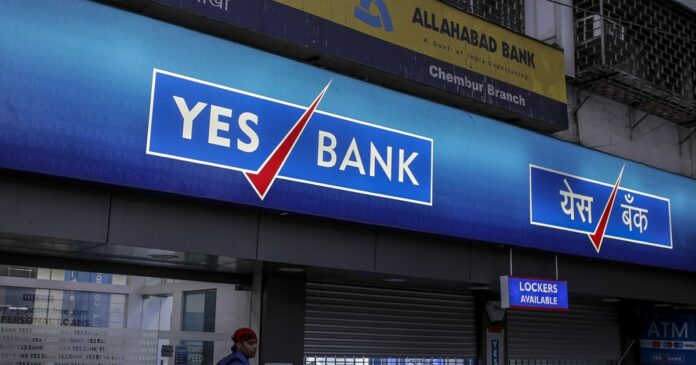With the improving financial health of Yes bank, Moody’s investors upgraded the credit rating of Yes bank. The global rating company improved the grade to B2, higher than the earlier of B3.
In March 2020, Yes Bank faced a historical crisis due to losses that deteriorated its asset quality. The depositors withdrew large amounts, and the bad loans kept on elevating. The stock price fell by 13% in one trading session.
The private sector bank remains in the high-yield category with higher funding costs than the lenders in the investment grade.
Yes Bank outlook has been changed to ‘Positive’ from ‘Stable’.
Moody investors upgraded the rating because the bank’s funding and liquidity have improved substantially. It further strengthens the depositor and credit confidence in the bank.
Moody improved Yes Bank’s BCA (Baseline Credit assessment) to b3 from caa2.
BCA takes into consideration three main components of the bank:
- Macro profile – It assesses the operating environment of a bank like the economic and institutional strength, credit and funding conditions, industry structure.
- Financial profile – It looks after the liquidity and solvency position of the bank.
- Qualitative factors – It examines the transparency, complexity, diversification and corporate behaviour of the bank.
Moody’s expectation suggests improvement in the bank’s credit profile due to improved profitability or clean-up of the stressed assets. It also shows that Yes Bank’s asset quality deteriorated moderately, and the capital remained stable despite the economic challenges since the beginning of the pandemic.
In 2020, Moody downgraded Yes Bank’s ratings after RBI announced a 30-day moratorium that prevented the bank from making any payments to their creditors. The bank had undergone management changes after co-founder Rana Kapoor faced legal charges.
Indian regulators came to the rescue, which helped increase Yes Bank’s deposits by over 65% between March 2020 and September 2021. The deposit quality is ameliorating. The savings and term deposits accounts for 45% of the total deposits in September 2021, compared to 31% in March 2020.
The average liquidity coverage ratio (LCR) rose to 118% as of September 2021 from 40% in March 2020.
LCR represents the highly liquid assets held by the bank to meet short-term obligations.
The bank still faces fragile asset quality, and it has also reduced its market funding share. The profitability and capital are also at risk.
Follow and connect with us on Facebook, LinkedIn & Twitter

